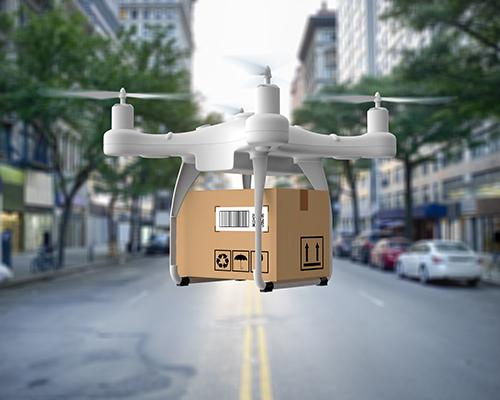Retail’s Post-COVID Transformation Must Include Creative Fulfillment Strategies
UBS expects online penetration will hit 25% by 2025, up from 15% in 2019. By the financial firm’s calculations, each 100 basis points that e-commerce gains will drive 10,000 stores out of business.
Will this mean the end of the physical store? No, it does not. Instead, the physical store will look much different from today.
The physical store will be smaller, “experience-focused” and seamlessly connected with its e-commerce and m-commerce offerings as well as with its fulfillment facilities. It will also have more dedicated floor space to address pickups, deliveries and returns, similar to a UPS or FedEx store.
To get to this future store, the retail industry will endure a painful transformation. It is estimated that 100,000 stores could disappear by 2025. A number of retail bankruptcies have already occurred this year and the COVID-19 pandemic will accelerate even more bankruptcies.
Those retailers at most risk are the ones that have not reduced their physical presence to match demand, invested in the right technologies and connected the physical with the online and mobile shopping experiences.
In addition, retailers without a strong, forward-thinking chief supply chain officer will lose out in efficiency gains and the much-lauded customer experience that comes with combining all sales channels.
Indeed, the customer experience can not be ignored. The customer has demanded options in the way they shop as well as in the way they receive items.
The last mile has become a hotly contested race between carriers to shorten delivery times as well as offering delivery at no cost to customers. This “free shipping” is detrimental to retailers’ balance sheets particularly as so many are teetering on towards bankruptcy.
Free shipping is not free for retailers but so many believe that in order to compete they must offer this service. Sadly, for many, they neglect to analyze their shipping costs and ignore the possibility of cost savings if contracts with delivery providers are renegotiated.
Besides “free shipping,” customers expect to receive their orders quickly, usually two days or less. However, for many carriers, the ability just to deliver during the pandemic has been deemed a success. FedEx and UPS temporarily suspended their service guarantees for air and ground services.
Amazon has struggled, as have other providers including Instacart. All have announced hiring sprees to address the increased demand from consumers who are abiding by stay-at-home mandates.
What happens when you can’t hire enough delivery people? One gets creative. FedEx has been experimenting with its last-mile delivery robots while UPS has been working with medical facilities. CVS has been exploring last-mile drone delivery services.
Alternative delivery points such as lockers will likely increase in usage after the pandemic subsides. Retailers should consider including lockers to their physical locations for after-hour pickups and drop-offs.
In order to survive this time of crisis, retailers will need to be creative in how they emerge from COVID-19. Now more than ever, they will need to balance their revenue among all sales channels and provide excellent customer service and experience all the way to the customer’s front door.
John Haber is founder and CEO of Spend Management Experts.





